Grilling Season is here! And while you may not have quite as many people at this year’s Cook Out as you did in 2019, or that you’ll hopefully have in 2021, that’s no reason to skimp on the beverages. In fact, one might argue it’s a great excuse to double down on drinks. Here are some wines as well as an Irish Whiskey and a Liqueur that will help make your grilling season far more palatable and tasty. Expect a lot more picks to pair with grilled food in the months ahead. Memorial Day Weekend is just the unofficial kick off for this season.
Valdo Floral Rosé Brut NV ($16)
Composed of Nerello Mascalese (75%) from Sicily at about 1,000 feet above sea level and Glera (25,%) from the Veneto, it was produced using the Charmat method. A bouquet of wild, red berries drive the aromatics. Ripe strawberry flavors mingle with sour red raspberry. Add a dollop of creme fraiche and spice to close things out and you've got a delightful and uber food friendly wine for a budget friendly price. Fun packaging to boot.
Luca Bosio Vineyards 2018 Langhe Arneis (DOC) ($20)
It’s composed entirely of Arneis from the Luca Bosio Estate. Stone and tropical fruits tell the story here. Peach, apricot, papaya and pineapple flavors and aromas all come together in a delightful wine. There’s a slightly honeyed quality on the finish that really helps the wine distinguish itself. Luca Bosio Arneis is a terrific choice to welcome guests to a party or pair with lighter foods.
Qupé 2018 Central Coast Syrah ($20)
In addition to Syrah there’s some Grenache, Tempranillo, and Mourvèdre blended in here. This is a clean Syrah loaded with dark fruit, spice and bits of dusty cocoa. If you give it some air it’ll really express its charms. Pair it with anything that you pull off the grill. There’s a lot of happy in this bottle for $20,
Raeburn Winery 2018 Russian River Valley Chardonnay ($22)
Russian River Valley stands among the small handful of best places in California to grow one of the world’s most widely debated grapes. People get passionate about Chardonnay styles. Too much oak? Not enough oak? Here’s an example that screams purity of fruit with the oak making its presence just known enough to provide a counterpoint. Think of it like a great cut of steak with just enough salt and pepper. Certainly, orchard fruit drives the train here with Anjou pear and Gala apple in abundance. Just a bit of papaya pokes its head in to say hi. The finish shows off spice and a hint of creaminess. This is a fine example of Russian River Valley Chardonnay at a no brainier price.
Victor Hugo Winery 2018 Estate Viognier ($24)
Just 326 cases were produced of this Estate Viognier from family owned and run producer Victor Hugo. It’s entirely composed of Viognier. It’s beautifully aromatic without being over the top like some New World examples. The Victor Hugo Viognier is stuffed with stone fruit flavors tinged with bits of tropical fruit and spice. A hint of creaminess emerges on the finish. And wonderful texture and mouthfeel and this is an all around fantastic Viognier.
Mettler Family Vineyards 2017 Lodi Cabernet Sauvignon ($25)
The Mettler’s have been farming in Lodi for 100 years. Cabernet Sauvignon stands at the heart of what they grow. Make no mistake this Cabernet is distinctly Lodi and an impressive example of Cab for $25. It’s loaded with dark fruits such as blackberry and plum. Savory herbs, dark chocolate notes and a complement of spices. The Finish is velvety and acid rich. No two ways about it, this is a lot of Cabernet for the price.
Disaronno Velvet Liqueur ($30)
This new entry from Disaronno has the classic flavors of Hazelnut you expect in a creamy, silky package. I love the texture, mouth feel and of course the flavors here. It’s sweet without being cloying and the hazelnut flavors are just intense enough and quite real. Simply drink it over ice, pour it in coffee or try my recipe for “Italian Chocolate Milk” below.
Grace O’Malley Blended Irish Whiskey ($37)
This is a knockout blended Irish Whiskey for the price. Aging occurred in French oak, Ex-Bourbon, and Ex-Rum casks. It’s aromatic and flavorful for sure. But most impressive is how smooth and silky it is. Vanilla and toffee notes are in evidence alongside date and bits of dried papaya. A hint of mesquite honey and just the slightest hint of heat on the finish is a lovely coda. It’s going to be a great cocktail component, but I’m impressed with how tasty it is sipped neat. That’s not often the case in Whiskey in this price tier. Try it with the recipe below.
Acumen 2015 Mountainside Cabernet Sauvignon ($60)
Mountainside Cabernet from Acumen also has Cabernet Franc, Merlot, Petit Verdot, and Malbec blended in. It’s a proportionately powerful and refined example of Cabernet that leans towards red fruit characteristics. Cherry and red plum are joined by bits of leather. Chicory and sweet dark chocolate are also in evidence along with black pepper spice and savory herbs. This finish is long, pleasing and acid rich. You don’t always get much in Napa Cab in this price range, here’s an example where you get lots of value relative to price.
Italian Chocolate Milk
2 Ounces Disaronno Velvet Liqueur
1 Ounce Coffee Liqueur
Chocolate Milk
Maraschino Cherries
Put 4 or so ice cubes in a Collins Glass. Pour in Disaronno Velvet and Coffee Liqueur. Fill glass which chocolate Milk and Stir. Garnish with Maraschino cherries.
Irish Whiskey Sour
2 Ounces Grace O’Malley Blended Irish Whiskey
1 Tablespoon Meyer Lemon Syrup
Fresh Cherries
Pour Whiskey, Meyer Lemon Syrup, Ice in a shaker and mix vigorously for 10 seconds. Pour into a rocks glass and garnish with fresh cherries.
Check out the video where I talk more about my picks and taste a couple of them.










 Mionetto IL Prosecco D.O.C. Prosecco. This offering is made entirely of Glera. All of the fruit is sourced in the Veneto. After pressing the must was separated from the skins. Secondary fermentation took place in temperature controlled stainless steel tanks using the Charmat method. This wine is finished with a crown cap rather than a cork. The cap is a traditional closure for Prosecco in the Veneto. The suggested retail price is $14. Mionetto, which was founded in 1887, make 5 distinct Prosecco’s and works with many small farmers in the area.
This is an impeccably fresh Prosecco from the word go. Apple, spice and white flower aromas emanate from the lively nose. Bartlett pear, Gala apple, hints of stone fruit and a host of spices fill the palate which is has lots of flavor. Lemon curd, brioche and white pepper are all in evidence on the finish which lingers persistently.
Mionetto IL Prosecco D.O.C. Prosecco. This offering is made entirely of Glera. All of the fruit is sourced in the Veneto. After pressing the must was separated from the skins. Secondary fermentation took place in temperature controlled stainless steel tanks using the Charmat method. This wine is finished with a crown cap rather than a cork. The cap is a traditional closure for Prosecco in the Veneto. The suggested retail price is $14. Mionetto, which was founded in 1887, make 5 distinct Prosecco’s and works with many small farmers in the area.
This is an impeccably fresh Prosecco from the word go. Apple, spice and white flower aromas emanate from the lively nose. Bartlett pear, Gala apple, hints of stone fruit and a host of spices fill the palate which is has lots of flavor. Lemon curd, brioche and white pepper are all in evidence on the finish which lingers persistently.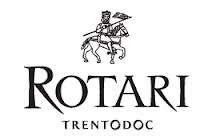 Each year Gambero Rosso visits the United States and hosts the Tre Bicchieri tastings in several American cities. What they’re showcasing is all of the best, most highly regarded wines from Italy the previous year. I’ve been attending the tasting in New York for the last seven or so years, and I can honestly say there isn’t an annual large-scale tasting I look forward to more. The breadth of excellent Italian wine is stunning. Whether you want to focus on a particular grape or style, or your preference is to wander around and survey the bounty, you’re more than likely to find something delicious at every turn. So when a wine or wines really make a strong impression amid such an imposing gathering, it’s noteworthy. This year one of my single favorites was a beautiful sparkling wine from Rotari,
Each year Gambero Rosso visits the United States and hosts the Tre Bicchieri tastings in several American cities. What they’re showcasing is all of the best, most highly regarded wines from Italy the previous year. I’ve been attending the tasting in New York for the last seven or so years, and I can honestly say there isn’t an annual large-scale tasting I look forward to more. The breadth of excellent Italian wine is stunning. Whether you want to focus on a particular grape or style, or your preference is to wander around and survey the bounty, you’re more than likely to find something delicious at every turn. So when a wine or wines really make a strong impression amid such an imposing gathering, it’s noteworthy. This year one of my single favorites was a beautiful sparkling wine from Rotari,  I’m a firm believer that most of us should be drinking sparkling wine more often. It can be versatile with food, often delicious on its own and quite frankly just plain fun. That said the one day we all seem to agree on when it comes to Sparkling Wine consumption is New Years Eve. With that in mind here are three that I tried recently and really enjoyed. One of them falls into the traditional category of classic Champagne. The other two are new world entries, one traditional in style and intent, and the other leaps and bounds in a different direction. Most importantly each of them is unique and delicious.
I’m a firm believer that most of us should be drinking sparkling wine more often. It can be versatile with food, often delicious on its own and quite frankly just plain fun. That said the one day we all seem to agree on when it comes to Sparkling Wine consumption is New Years Eve. With that in mind here are three that I tried recently and really enjoyed. One of them falls into the traditional category of classic Champagne. The other two are new world entries, one traditional in style and intent, and the other leaps and bounds in a different direction. Most importantly each of them is unique and delicious.
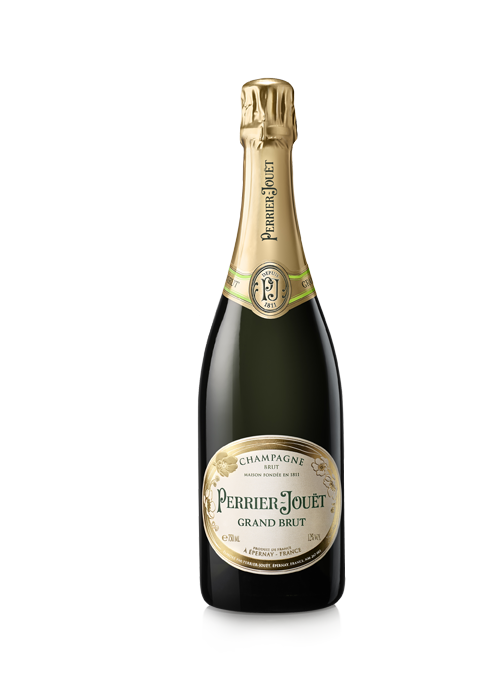 widely available Brut style wine has a suggested retail price of $22. Bits of citrus and white stone fruits fill the nose this wine. This entry level selection in the Mumm portfolio and it’s a classic Brut. The palate is dry and loaded with fruit and spice. Yeast and biscuit characteristics emerge on the finish which has nice length. While the friendly price makes it an obvious choice for holiday celebrations this wine will go very well with food whether it’s paired with a first course during dinner or alongside brunch, you’ll be pleased with the results.
widely available Brut style wine has a suggested retail price of $22. Bits of citrus and white stone fruits fill the nose this wine. This entry level selection in the Mumm portfolio and it’s a classic Brut. The palate is dry and loaded with fruit and spice. Yeast and biscuit characteristics emerge on the finish which has nice length. While the friendly price makes it an obvious choice for holiday celebrations this wine will go very well with food whether it’s paired with a first course during dinner or alongside brunch, you’ll be pleased with the results. What comes to mind when I mention Spain; Rioja perhaps? And when I bring up Sparkling Wine, Champagne or Prosecco? There’s a lot more to Spain than Rioja and much more in the category of Sparking Wine. Most every wine growing country has a Sparkling Wine tradition of some kind. Spain has an excellent one with a long history making Cava. I recently tasted the wines of Vallformosa at
What comes to mind when I mention Spain; Rioja perhaps? And when I bring up Sparkling Wine, Champagne or Prosecco? There’s a lot more to Spain than Rioja and much more in the category of Sparking Wine. Most every wine growing country has a Sparkling Wine tradition of some kind. Spain has an excellent one with a long history making Cava. I recently tasted the wines of Vallformosa at  While I’m a firm believer that Sparkling Wine should be consumed every day of the year and both with and without a meal; there’s no denying that around Holiday time people pop a lot more bubbly. With that idea in mind I recently sat down and tasted close to three dozen examples. Here are the seven I feel the most strongly about recommending and a few words about each.
Cachette Blanc de Blanc (NV). This French sparkling wine was made from 100% Airen, a grape which is often associated with Spain. Primary fermentation occurred naturally while the secondary was at controlled temperatures. 2,000 cases of this offering were imported to the US and it has a suggested retail price of $14.99. Bits of ginger and lemon ice aromas are present on the nose of this Burgundian Sparkler. Fresh apples, pear and continued lemon characteristics are all in evidence through the palate which is buoyed by zippy acidity. Plenty of spice and additional citrus elements are in evidence on the finish which is clean, crisp and refreshing. This is a nice Sparkling Wine in the entry level category for those who want something dry. Cachette works well by itself or will also pair with light foods.
While I’m a firm believer that Sparkling Wine should be consumed every day of the year and both with and without a meal; there’s no denying that around Holiday time people pop a lot more bubbly. With that idea in mind I recently sat down and tasted close to three dozen examples. Here are the seven I feel the most strongly about recommending and a few words about each.
Cachette Blanc de Blanc (NV). This French sparkling wine was made from 100% Airen, a grape which is often associated with Spain. Primary fermentation occurred naturally while the secondary was at controlled temperatures. 2,000 cases of this offering were imported to the US and it has a suggested retail price of $14.99. Bits of ginger and lemon ice aromas are present on the nose of this Burgundian Sparkler. Fresh apples, pear and continued lemon characteristics are all in evidence through the palate which is buoyed by zippy acidity. Plenty of spice and additional citrus elements are in evidence on the finish which is clean, crisp and refreshing. This is a nice Sparkling Wine in the entry level category for those who want something dry. Cachette works well by itself or will also pair with light foods. Gustave Lorentz Cremant s’Alsace Rosé (NV). 100% Pinot Noir from the Alsace region of France was used to make this sparkling Rosé. This offering was vinified using the traditional Methode Champenoise. 2,500 cases of this offering were produced and it has a suggested retail price of $24.99. Strawberry, vanilla and fresh cream aromas burst forth from the nose of this Sparkling Rosé. The mouth feel here is absolutely beautiful and layered with red fruits, spice and all buoyed by a creaminess that continues though the generous, persistent, and gently layered palate. This selection would be a great choice to pair with a holiday brunch. It’s also absolutely delectable on its own. A very nice value.
Gustave Lorentz Cremant s’Alsace Rosé (NV). 100% Pinot Noir from the Alsace region of France was used to make this sparkling Rosé. This offering was vinified using the traditional Methode Champenoise. 2,500 cases of this offering were produced and it has a suggested retail price of $24.99. Strawberry, vanilla and fresh cream aromas burst forth from the nose of this Sparkling Rosé. The mouth feel here is absolutely beautiful and layered with red fruits, spice and all buoyed by a creaminess that continues though the generous, persistent, and gently layered palate. This selection would be a great choice to pair with a holiday brunch. It’s also absolutely delectable on its own. A very nice value.



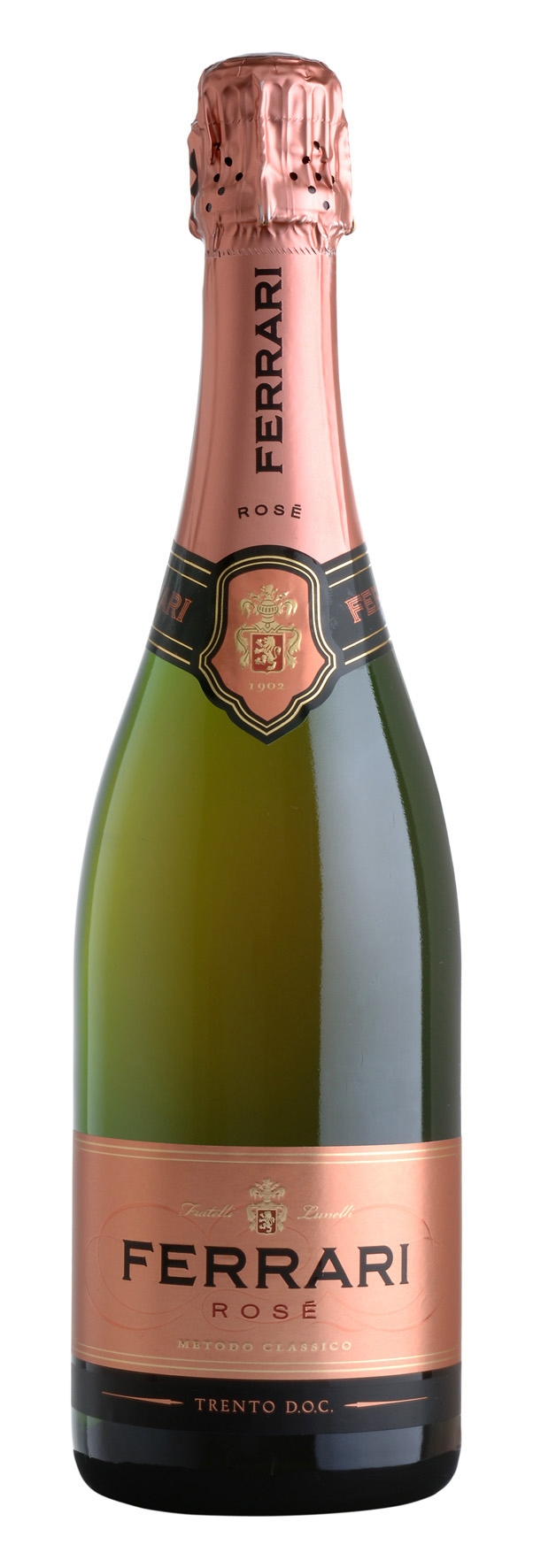



 We proceeded to walk a few blocks to
We proceeded to walk a few blocks to 


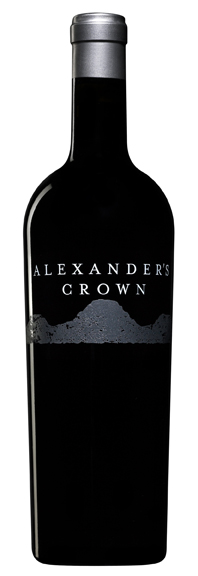
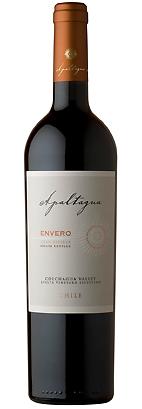
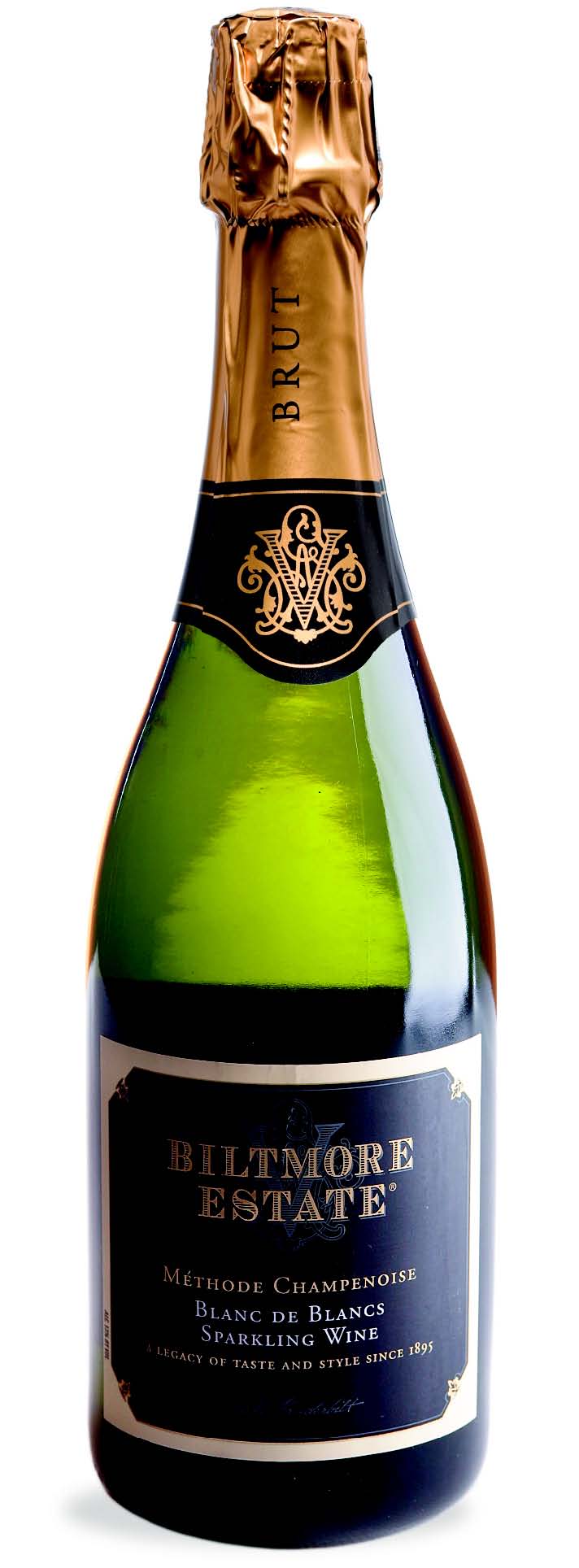




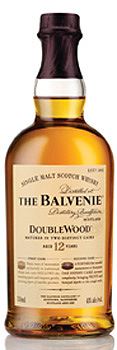
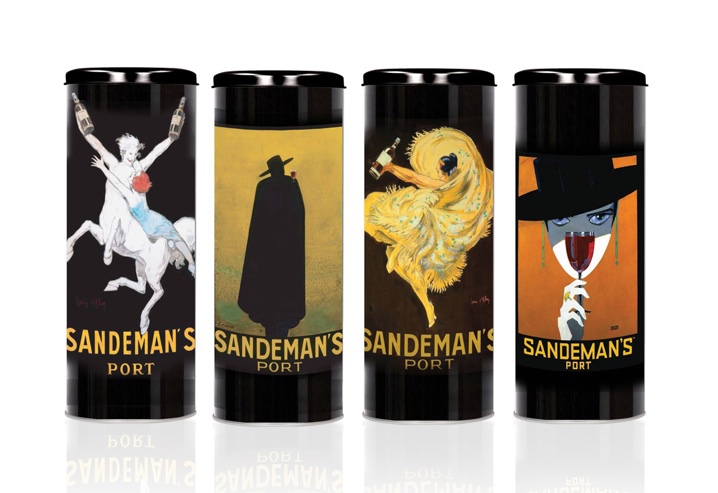

 Sparkling wine comes in all shapes and sizes. France of course has a legendary tradition when it comes to this style of wine. Today I’ll look at selection from Maison J.J. Vincent.
The Maison J.J. Vincent Cremant de Bourgogne was produced from fruit sourced in the Winery’s native Burgundy. More specifically the fruit comes from the southern reaches. This offering is composed entirely of Chardonnay. The fruit was handpicked during the earliest part of harvest. Vinification was accomplished using traditional methods for Sparkling Wine. This offering has a suggested retail price of $19.99.
Sparkling wine comes in all shapes and sizes. France of course has a legendary tradition when it comes to this style of wine. Today I’ll look at selection from Maison J.J. Vincent.
The Maison J.J. Vincent Cremant de Bourgogne was produced from fruit sourced in the Winery’s native Burgundy. More specifically the fruit comes from the southern reaches. This offering is composed entirely of Chardonnay. The fruit was handpicked during the earliest part of harvest. Vinification was accomplished using traditional methods for Sparkling Wine. This offering has a suggested retail price of $19.99.